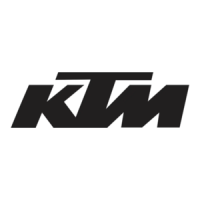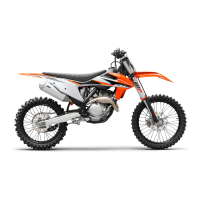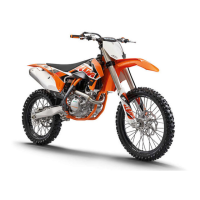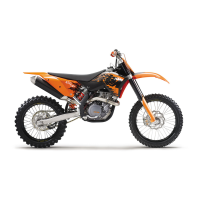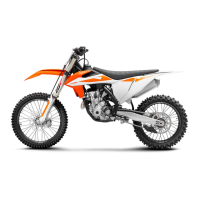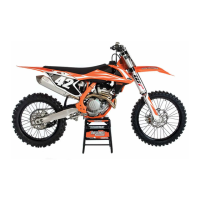What to do if my KTM 250 SX-F EU 2015 engine turns over but won't start?
- BBrady Mitchell PhDAug 3, 2025
If your KTM Motorcycle engine turns but doesn't start, consider these potential causes: * Ensure the fuel hose connection is properly joined. * Replace the fuel screen if it's clogged. * Adjust the idle speed if it's not set correctly. * Clean and dry the spark plug, or replace it if necessary. * Adjust the plug gap to the recommended 0.8 mm (0.031 in) if it's too wide. * Visually check the wiring harness for frayed short circuit cables and inspect the electrical system. Also check the kill switch for defects. * Use the KTM diagnostics tool to read out the fault memory if there's a defect in the fuel injection system.
